Photos: Monticello's Original Kitchen Excavated
Excavations at Monticello
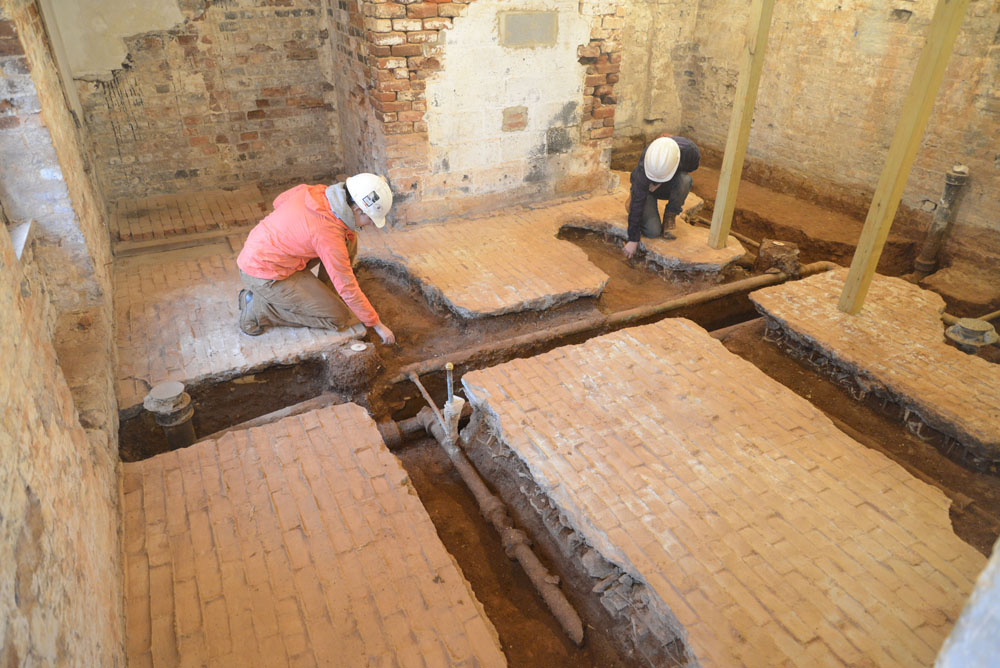
Archaeologists are contributing to the Mountaintop Project at Monticello, an effort to restore Thomas Jefferson’s 5,000-acre plantation in Charlottesville, Virginia, to the way it might have looked 200 years ago. Last year, they excavated the South Pavilion, the first brick building on the property, which had been repurposed as bathrooms 50 years ago. [Read more about the Monticello excavation.]
Original kitchen

The South Pavilion was completed in 1770 and its cellar housed Monticello’s original kitchen. Jefferson’s living quarters were on the top floor of the building while the main Monticello mansion was being built.
Hidden cellar
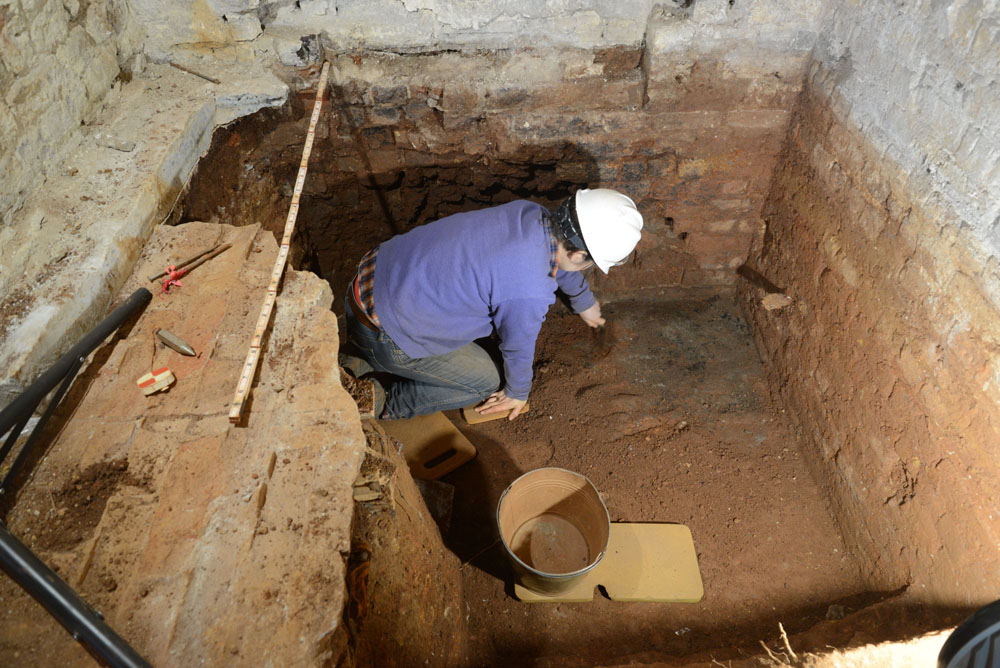
The cellar had been converted to a wash-house in 1809, with dirt used to raised the level of the floor so that it matched the level of the South Wing that connected the South Pavilion to the rest of the mansion.
Artifact-rich dirt
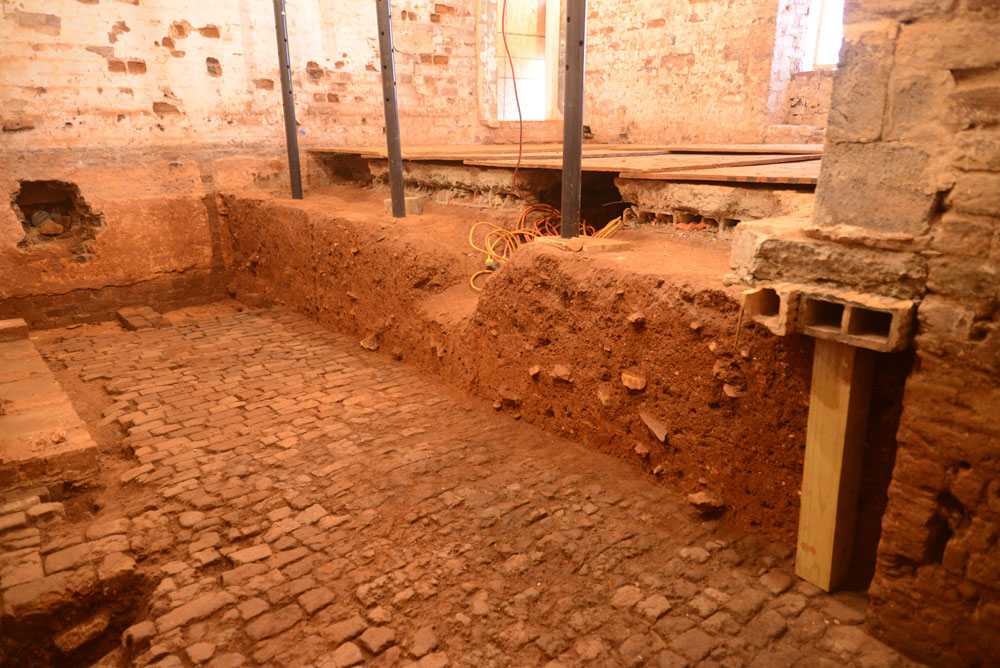
Archaeologists had to dig through 3 feet (about a meter) of dirt to get to the original brick floor of the South Pavilion kitchen. They found thousands of artifacts in the process.
Brick floor revealed
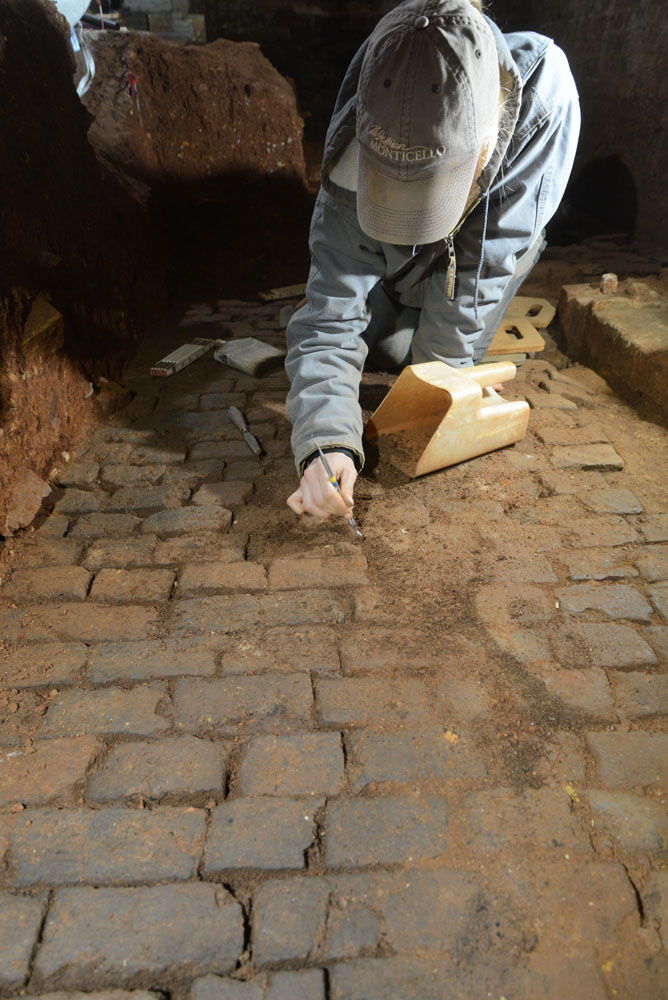
Along with the brick floor, archaeologists also uncovered the foundations of stew stoves in the original kitchen.
Stove foundations
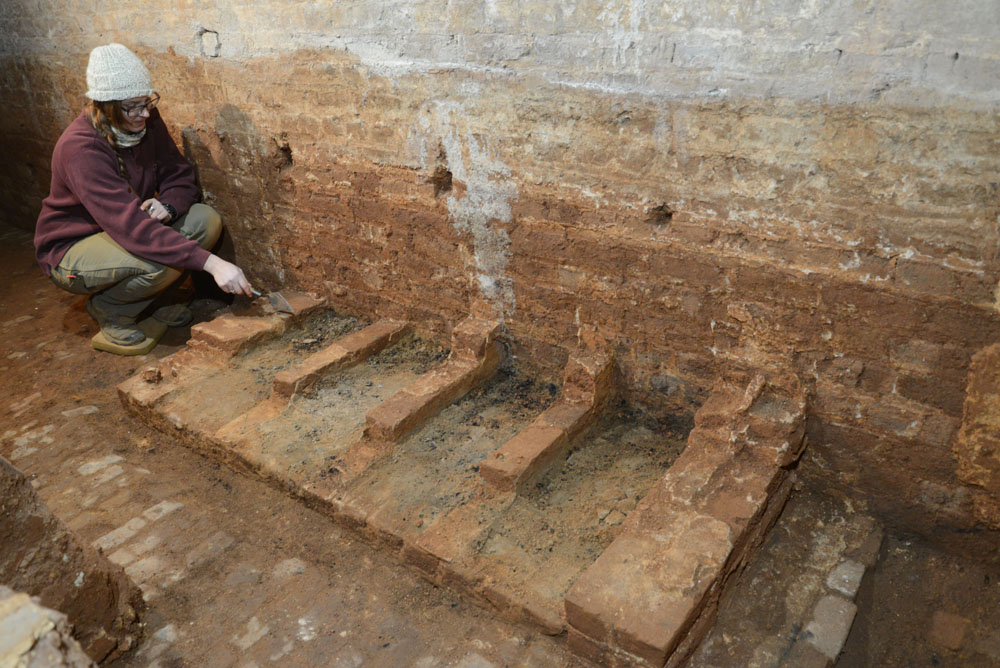
Stew stoves were like 18th-century cooktops, useful for slowly heating dishes and working with multiple pans. But this type of kitchen feature was not common in North America during Jefferson's time; it could only be found in the homes of people who were wealthy and socially ambitious, with skilled chefs who could prepare cuisine influenced by French cooking.
Recreated stoves

During his five years in Paris, as U.S. Minister to France, Jefferson had his enslaved servant and chef James Hemings trained in the art of French cooking. Jefferson likely had the stoves built after his time in France. Hemings came back and cooked French-style meals in this kitchen until being granted his freedom in 1796. These are recreated stew stoves in Monticello's second kitchen.
Get the world’s most fascinating discoveries delivered straight to your inbox.



